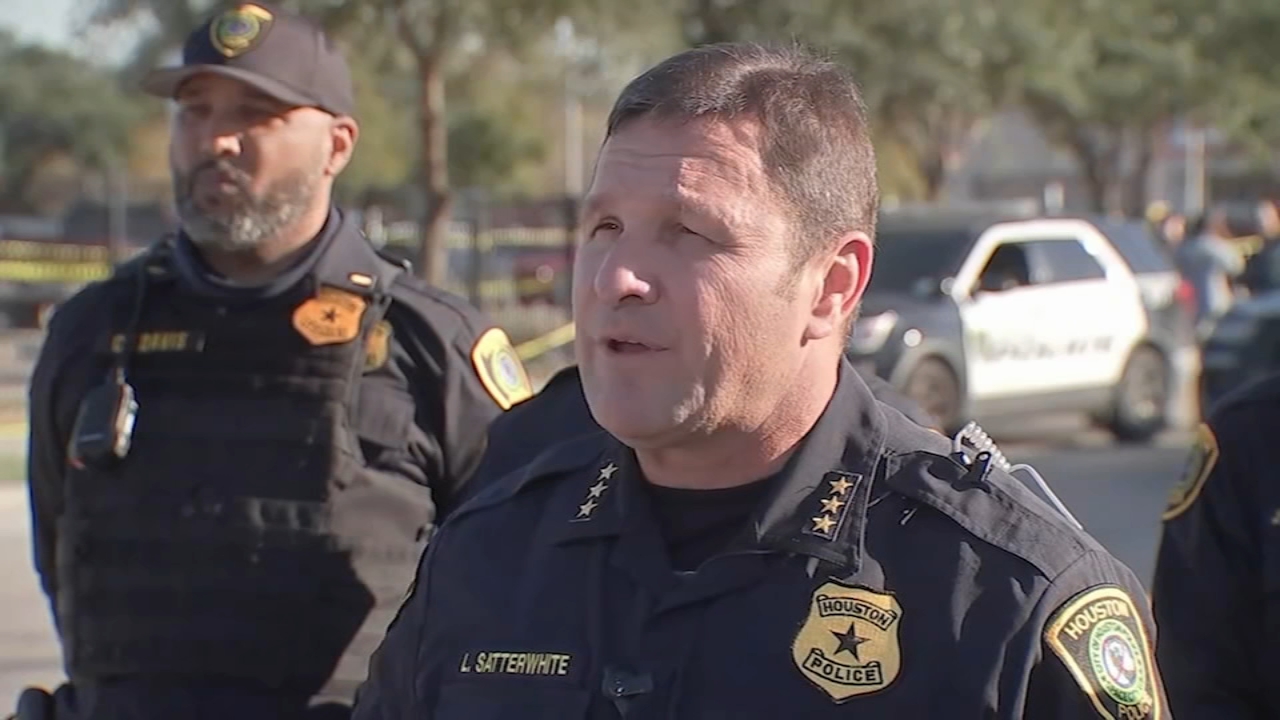Experts, studies: Eyewitness accounts of crimes often unreliable
HOUSTON (KTRK) -- Police relied on three eyewitnesses who said they saw enough to identify Che Calhoun as the man who on Tuesday repeatedly stabbed and killed an 11-year-old boy along Fulton Street in north Houston.
Calhoun was charged with the murder of Josue Flores, but 48 hours after he was booked, police took to the airwaves to say he wasn't the killer after all. Calhoun was in Pearland at the time of Flores' murder, according to Houston detective who checked out his alibi.
The fact that police cut loose someone they snagged based solely on eyewitness testimony did not surprise Jim Yarbrough, who spent years in the HPD Homicide division before going to work as the director of investigations with Rusty Hardin & Associates.
"I always felt more comfortable having more than just eyewitness evidence," he said. "It's a tough job (being an eyewitness). Our brain doesn't function like a video camera."
Yarbrough said he had sympathy for eyewitnesses, who largely want to help police.
"A lot of times people be absolutely certain it's the person when it's not," he said. "People want to be helpful and they can sometimes convince themselves of something that's not true."
This isn't just the opinion of a former homicide detective. Studies and experts have shown that eyewitness accounts of criminal acts are often flawed.
Starting in the 1980s, studies from institutions such as Iowa State University, Stanford Law School, Columbia Law School and the Yale Law Journal have shown crime eyewitnesses too often not remembering exactly what they saw.
More recently, the National Academy of Science asked a panel of scientists to study eyewitness identifications collected by police in criminal investigations. In 2014, the academy released a 160-page report.
"Factors such as viewing conditions, duress, elevated emotions, and biases influence the visual perception experience," the report said in part. "As such, the fidelity of our memories to actual events may be compromised by many factors at all stages of processing, from encoding to storage and retrieval. Unknown to the individual, memories are forgotten, reconstructed, updated, and distorted. Complicating the process further, policies governing law enforcement procedures for conducting and recording identifications are not standard..."
In addition, The Innocence Project, a New York-based organization dedicated to exonerating wrongfully convicted individuals, told abc13 Friday that they have used DNA to exonerate 341 wrongly convicted people across the U.S. -- and 71 percent of those had been ID'd by witnesses.
Eyewitness Richard Guerra was one of eyewitnesses in the killing of Josue.
"I ran out here, Guerra told Ted Oberg investigates. "I went all the way to here when I seen him at the end of the fence."
The end of the fence? About 40 feet away.
Despite that encounter and after following the suspect in his van, Guerra said he only saw the killer's face briefly. He mostly saw the back of the killer's head, he said.
Another eyewitness was a musician who was taking instruments into this house. He said he saw a black man on the sidewalk. When he heard screams he saw the man running down the street.
The third eyewitness was Omar Garza, who was barbecuing when he said the murderer ran by.
"I looked at him the whole time," he told Ted Oberg Investigates.
He's heard the news that police have dropped the charges, but Garza isn't changing his mind.
"I still believe it's him," he said.








